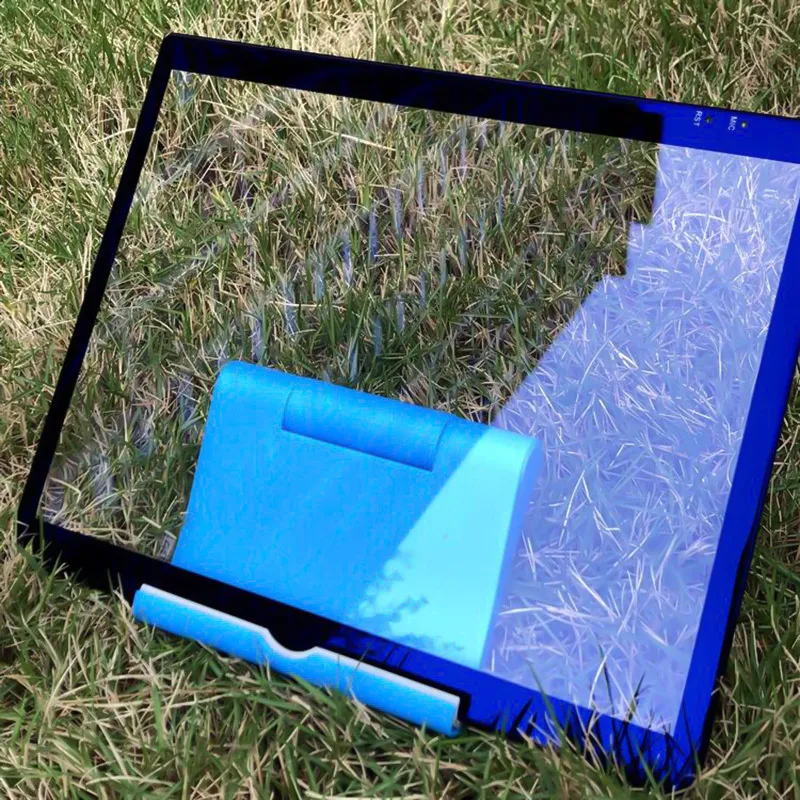10 月 . 03, 2024 15:04 Back to list
green float glass
Green Float Glass A Sustainable Choice for Modern Architecture
Green float glass, a type of flat glass produced from silica sand, soda ash, and limestone, has garnered attention in the construction and manufacturing industries due to its sustainability and aesthetic appeal. Its distinctive green tint is a result of the iron content in its raw materials, which not only gives it a unique character but also influences its performance in various applications.
One of the primary advantages of green float glass is its environmental friendliness. The production process is designed to be energy-efficient, and advancements in technology have further reduced the carbon footprint associated with its manufacturing. Many glass manufacturers now utilize renewable energy sources and implement recycling programs that help minimize waste. Moreover, float glass is fully recyclable, which means it can be repurposed at the end of its life cycle without losing quality, contributing to a circular economy.
In architectural design, green float glass offers a perfect blend of functionality and aesthetics. Its natural allure complements various architectural styles, from modern skyscrapers to traditional homes. The green hue can filter sunlight, reducing glare while still allowing ample natural light to enter indoor spaces. This characteristic not only enhances the comfort of occupants but also contributes to energy savings, as buildings can rely more on natural light, reducing the need for artificial illumination during the day.
green float glass

Furthermore, green float glass has excellent thermal insulation properties
. It helps in maintaining stable indoor temperatures regardless of external weather conditions, which can significantly cut down heating and cooling costs. This efficiency can be crucial in achieving sustainability certifications for buildings, such as LEED (Leadership in Energy and Environmental Design) ratings, which are increasingly sought after in today’s market.Safety is another critical aspect of green float glass. When tempered or laminated, it meets stringent safety standards, making it suitable for a variety of applications, including windows, facades, and interior partitions. Its strength and durability contribute to the overall resilience of buildings, helping to ensure they stand the test of time and weather.
In the realm of interior design, green float glass is often used in furniture, decorative panels, and even art installations. Its unique tint can harmonize with different color palettes, adding depth and richness to interior spaces. Designers appreciate its versatility, as it can be cut and shaped into various forms, creating innovative and visually striking solutions.
As the construction industry continues to evolve towards more sustainable practices, green float glass stands out as a preferred material. It combines environmental responsibility with beauty and functionality, making it an ideal choice for architects, builders, and homeowners alike. Whether considering a new building project or renovating an existing structure, incorporating green float glass can enhance the aesthetic appeal while supporting a more sustainable future.
-
Wired Glass: A Strong and Secure Glass Solution for Various Applications
NewsNov.04,2024
-
Tinted Glass: A Stylish and Functional Choice for Modern Homes
NewsNov.04,2024
-
The Elegance and Versatility of Silver Mirrors
NewsNov.04,2024
-
The Advantages of Copper Free Mirrors
NewsNov.04,2024
-
Tempered Glass: A Reliable Choice for Modern Applications
NewsNov.04,2024
-
Pattern Glass: Stylish and Functional Glass for Modern Design
NewsNov.04,2024
Related PRODUCTS














